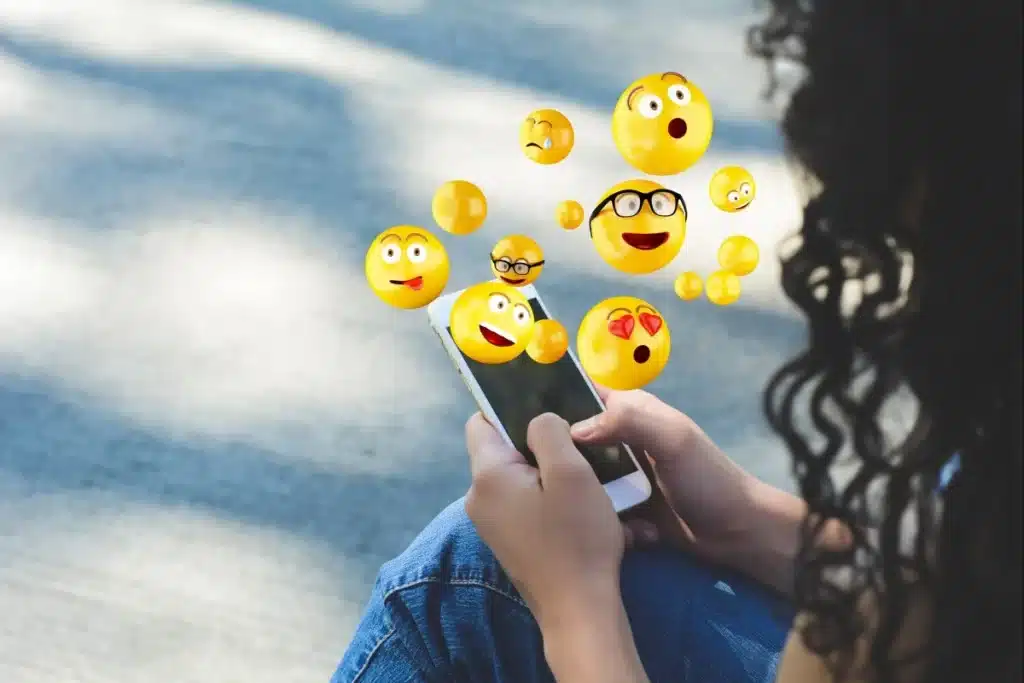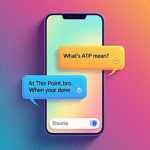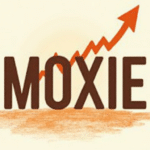In the world of texting and social media, emojis have become our digital facial expressions and hand gestures. They add flavor to our messages and help us express emotions that words alone can’t capture. But just like real-life communication, emojis can sometimes lead to confusion. A recent study by Preply has shed light on the emojis that are causing the most head-scratching moments in 2024 💬.
Key Takeaways:
- The nail polish emoji 💅 is the most misunderstood, with meanings ranging from “classy” to “don’t care
- Cultural differences play a big role in emoji interpretation
- New emojis introduced in 2024 are adding to the confusion
- Using emojis at work can be tricky and lead to misunderstandings
- Understanding emoji meanings is crucial for clear digital communication
Top 10 Most Confusing Emojis
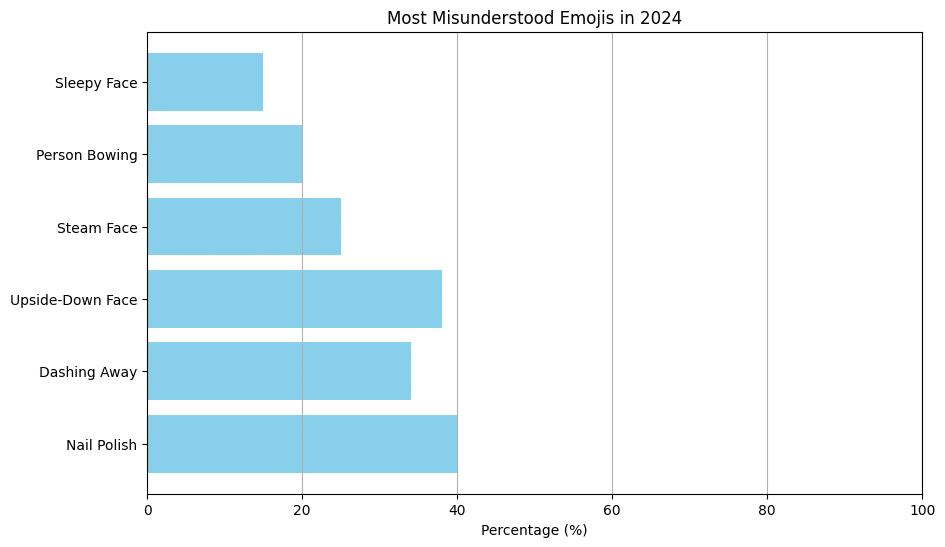
1. 💅 Nail Polish Emoji
This little bottle of nail polish is causing quite a stir. While 40% of people think it means “classy” or “fancy,” others use it to say “whatever” or “self-care time!” It’s like the chameleon of emojis, changing its meaning depending on who’s using it.
Fun fact: In some parts of the world, this emoji is used to show indifference, kind of like a digital shrug.
2. 💨 Dashing Away Emoji
Here’s where things get really mixed up. This emoji is split between “running fast” (38%), “farting” (34%), “exhausted” (15%), and even “smoking” (13%). Talk about a communication breakdown!
Personal anecdote: I once used this emoji to tell my friend I was running late, and they thought I was telling them I had stomach issues. Awkward!
3. 🙃 Upside-Down Face Emoji
This topsy-turvy face is the king of mixed signals. Is it sarcasm? Passive-aggression? Just a silly smile? About 38% of people use it for sarcasm, but others see it as a way to say “I’m fine” when things are definitely not fine.
For more on emoji confusion, check out our article on the 🤩 emoji meaning, which is another commonly misunderstood icon.
4. 😤 Face with Steam from Nose
Many people think this emoji means anger, but it actually represents triumph after frustration. It’s like the digital version of saying “I did it!” after struggling with a tough task.
5. 🙇 Person Bowing
This emoji often gets mistaken for someone doing push-ups or thinking hard. In reality, it’s showing a deep bow, which is a sign of respect in many Asian cultures.
6. 😪 Sleepy Face
That’s not a tear – it’s a snot bubble! This emoji comes from anime, where characters are often shown with a bubble coming from their nose when they’re asleep.
7. 🤗 Smiling Face with Open Hands
Jazz hands or a hug? This emoji is meant to represent a hug, but many people see it as a gesture of excitement or jazz hands.
8. 😥 Sad but Relieved Face
This emoji is often used when people want to show they’re worried, but its actual meaning is more complex – it’s for when you’re sad but also relieved at the same time.
9. 🙀 Weary Cat
Often mistaken for a shocked cat, this feline is actually supposed to be tired or exhausted.
10. 😣 Persevering Face
While it looks stressed out, this emoji is meant to show perseverance through tough times.
Cultural Misinterpretations 🌍
Emojis can mean different things in different parts of the world. For example:
- 👍 Thumbs Up: In most places, this is positive. But in some Middle Eastern countries, it can be offensive.
- 👌 OK Hand: While it means “okay” in many Western countries, it can be vulgar in some Latin American cultures.
These differences show why it’s important to know your audience when using emojis, especially if you’re chatting with people from different cultures.
For more insights into cultural differences in communication, check out our article on New York slang, which highlights how language can vary even within a single country.
Workplace Emoji Usage 💼
Using emojis at work is becoming more common, but it’s not without risks. Here’s what you need to know:
- 71% of workers think emojis help them communicate better with colleagues
- But 39% have misunderstood an emoji at work, leading to confusion
Expert tip: When in doubt, stick to simple, widely understood emojis in professional settings. The classic smiley face 😊 is usually a safe bet.
New Emojis and Future Challenges 🔮
2024 brought us 118 new emojis, including some that are already causing confusion:
- The Phoenix: Meant to show rebirth, but being used for everything from spicy food to comebacks
- Head Shaking gestures: Supposed to mean yes or no, but interpreted differently across cultures
Tips for Clear Emoji Communication 🗣️
- Know your audience
- Use context clues
- Don’t overdo it
- Stay updated on new emojis
- When in doubt, use words
For more communication tips, especially in the digital age, check out our article on text abbreviations for business.
Conclusion
Emojis are great for adding emotion to our digital chats, but they can also lead to mix-ups if we’re not careful. By understanding the most confusing emojis and being aware of cultural differences, we can use these little icons to make our messages clearer and more fun.
Remember, emojis are tools to help us communicate better, not replace words entirely. Used wisely, they can make our digital conversations more colorful and expressive. So go ahead and sprinkle some emojis into your texts – just make sure you know what they really mean first! 😉
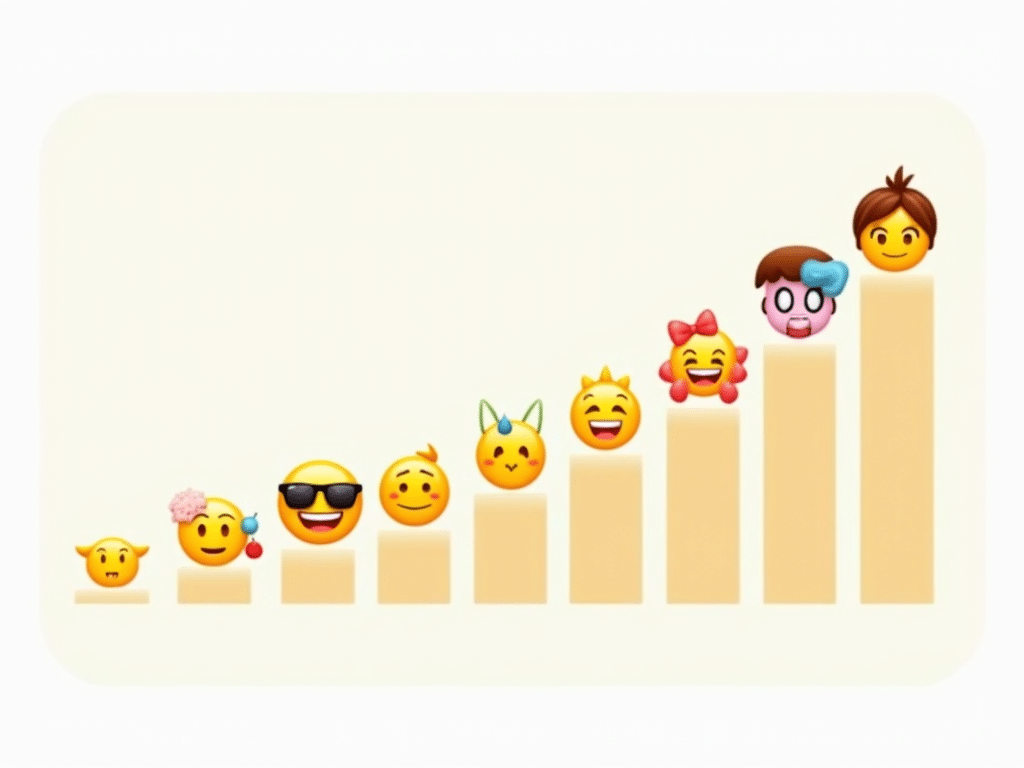
For more insights into modern communication trends, don’t forget to check out our articles on Gen Z slang and Australian slang. Happy emoji-ing! 🚀

